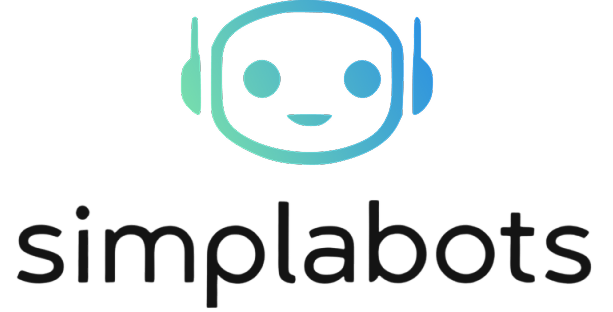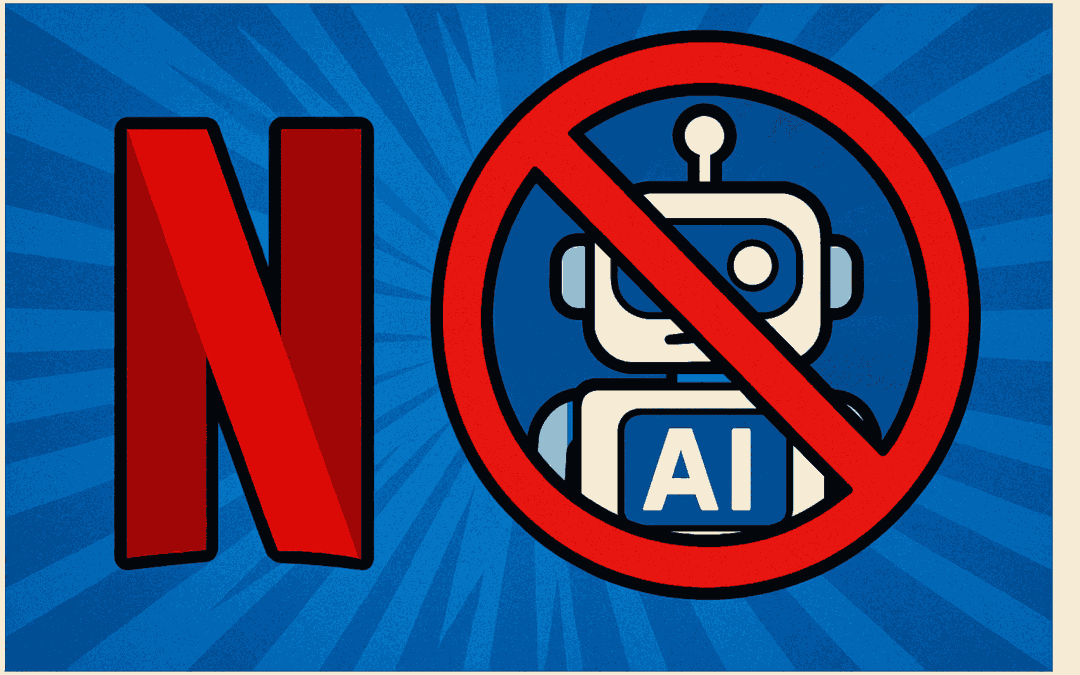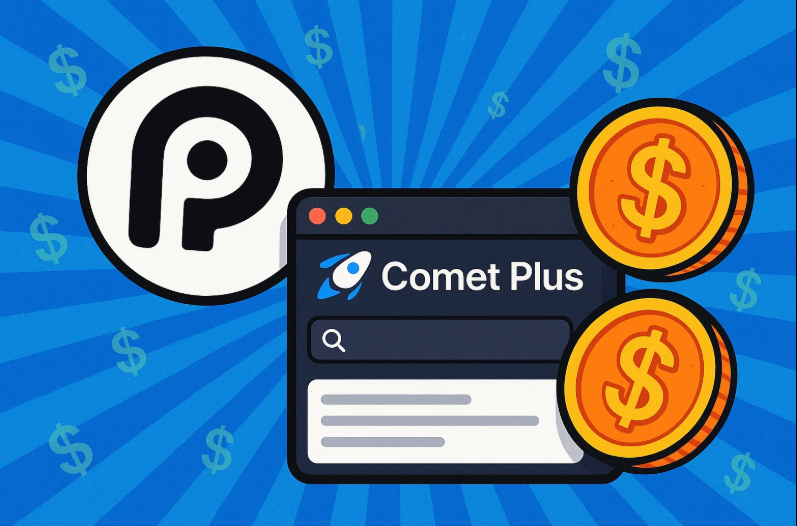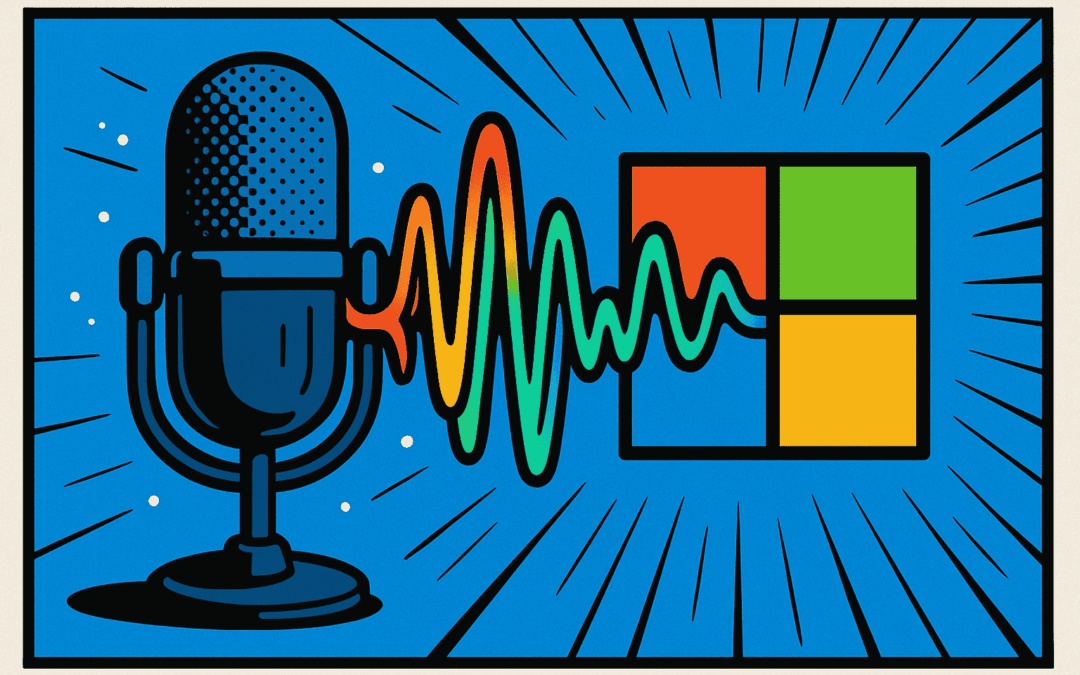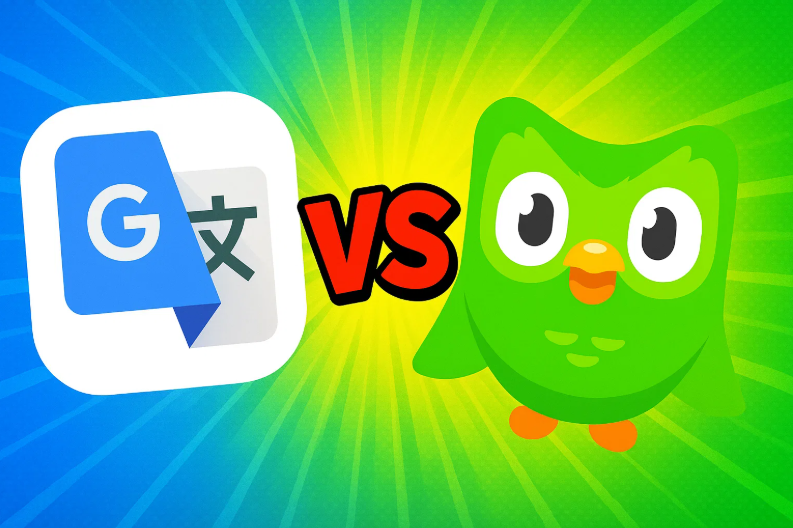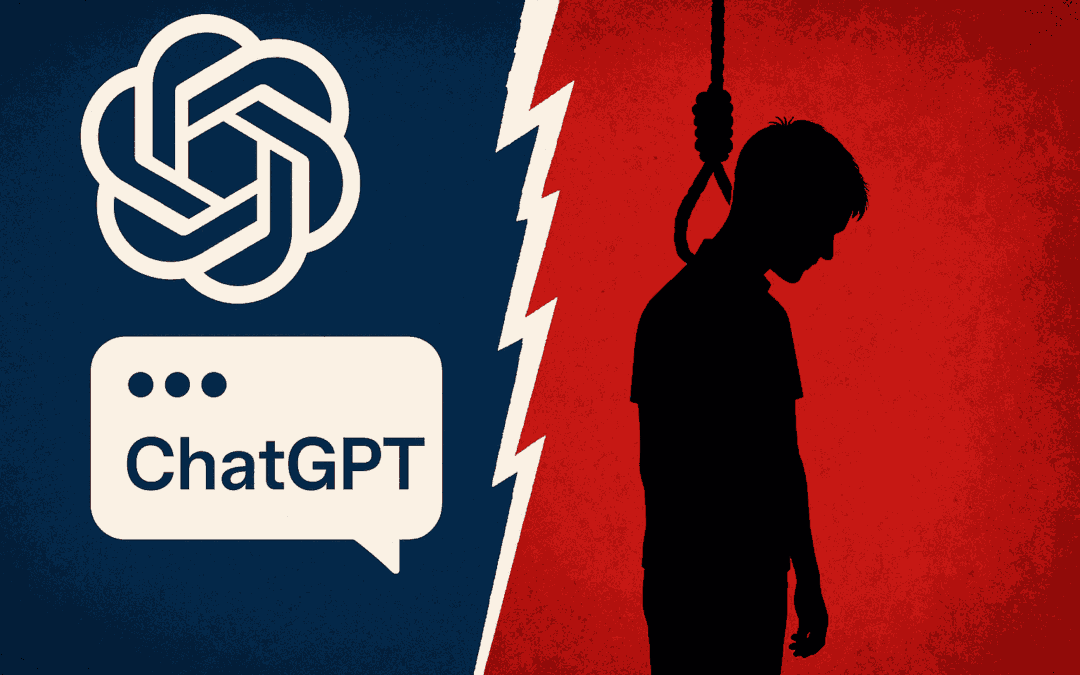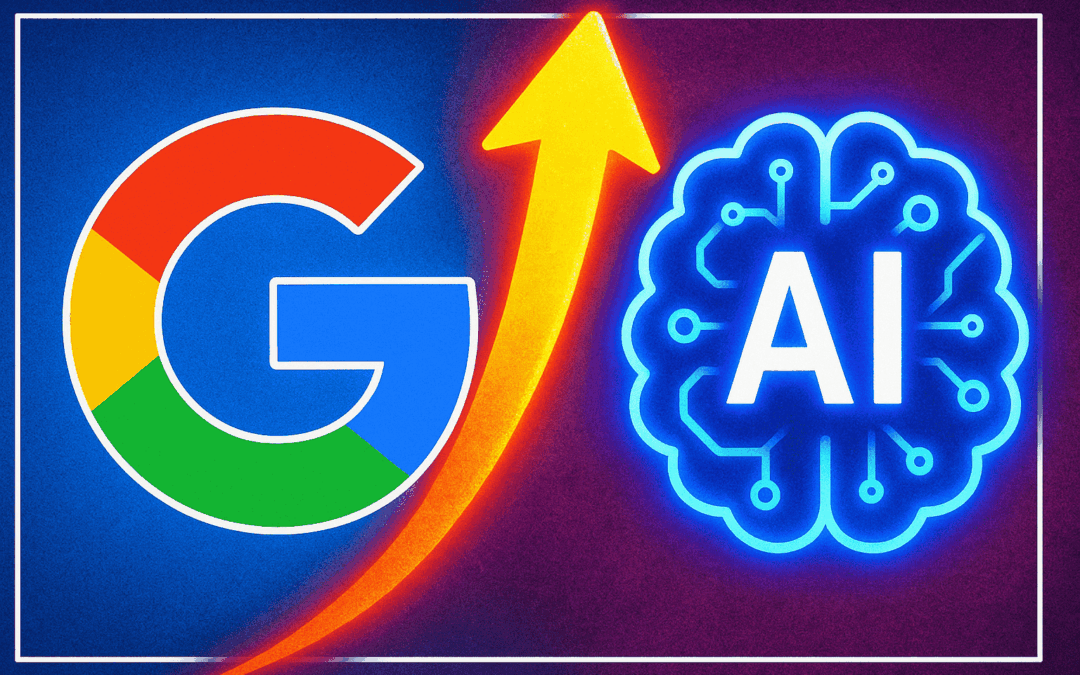As generative AI continues transforming education technology, Google Translate has launched AI-powered language learning tools in direct competition with platforms like Duolingo. This bold expansion could reshape the online language-learning landscape and elevate user expectations for interactive, AI-driven practice and feedback.
Key Takeaways
- Google Translate introduces new AI-driven language learning features inside its app, going beyond basic translation.
- These features offer immersive speaking practice, personalized feedback, and interactive exercises, positioning Google Translate against language edtech leaders like Duolingo.
- The rollout leverages advances in large language models (LLMs) to deliver more contextual, adaptive, and conversational experiences for users.
Google Translate Evolves with AI-Powered Learning
Google’s newly announced tools transform Translate into more than a translation utility. Users can now access guided conversational practice, interactive quizzes, and real-time feedback on pronunciation and grammar accuracy.
“Google Translate’s AI-focused move signals a new arms race in EdTech, compelling existing platforms to innovate or risk irrelevance.”
Competing directly with Duolingo, Babbel, and Memrise, Google Translate taps into its expansive user base and machine learning infrastructure. According to
The Verge, Google’s adaptive exercises use contextual understanding to simulate real-life speaking scenarios, something language apps have long tried to perfect. The generative AI under the hood actively adapts lessons to user performance, mirroring many of the latest LLM-powered education startups.
AI’s Expanding Role in Language Learning
Language learning remains one of the most commercially successful applications of generative AI. With the integration of LLMs and voice technology, Google Translate can now provide personalized practice along with accurate feedback—closing the gap between conversational AI and traditional education platforms. As reported by
Engadget, Google’s AI identifies common learner mistakes and delivers corrective prompts, revolutionizing the learner’s journey.
“For startups and developers, Google’s shift underlines the urgent need to specialize or find niche AI applications—broad-scale platforms will dominate generalist tasks.”
Implications for Developers, Startups, and AI Professionals
- Startups: Market opportunities now favor companies that deliver specialized or hyper-personalized AI learning solutions. Competing with Google on scale or convenience will be challenging.
- Developers: API access to Google’s AI-driven language feedback could fuel new integrations, but those building general-purpose language apps may face product redundancy.
- AI Professionals: Increasing LLM accuracy, adaptive learning design, and nuanced feedback systems will define the next wave of successful edtech products.
Market Disruption and Strategic Moves
Google’s entrance threatens to commoditize the lower end of the language learning market, pushing competitors to embrace advanced generative AI techniques or focus on underserved language pairs and professional learning contexts. Monetization will hinge on differentiators such as domain-specific vocabularies, professional certifications, or deeper integrations with work tools.
“With LLM-powered tools, Google aims to make interactive practice as simple as translation—exponentially increasing global access to language learning.”
For end users, expect competitive pressure to accelerate feature enhancements, free tier robustness, and seamless multimodal learning (voice, text, images) across language apps in the coming year.
Source: TechCrunch
